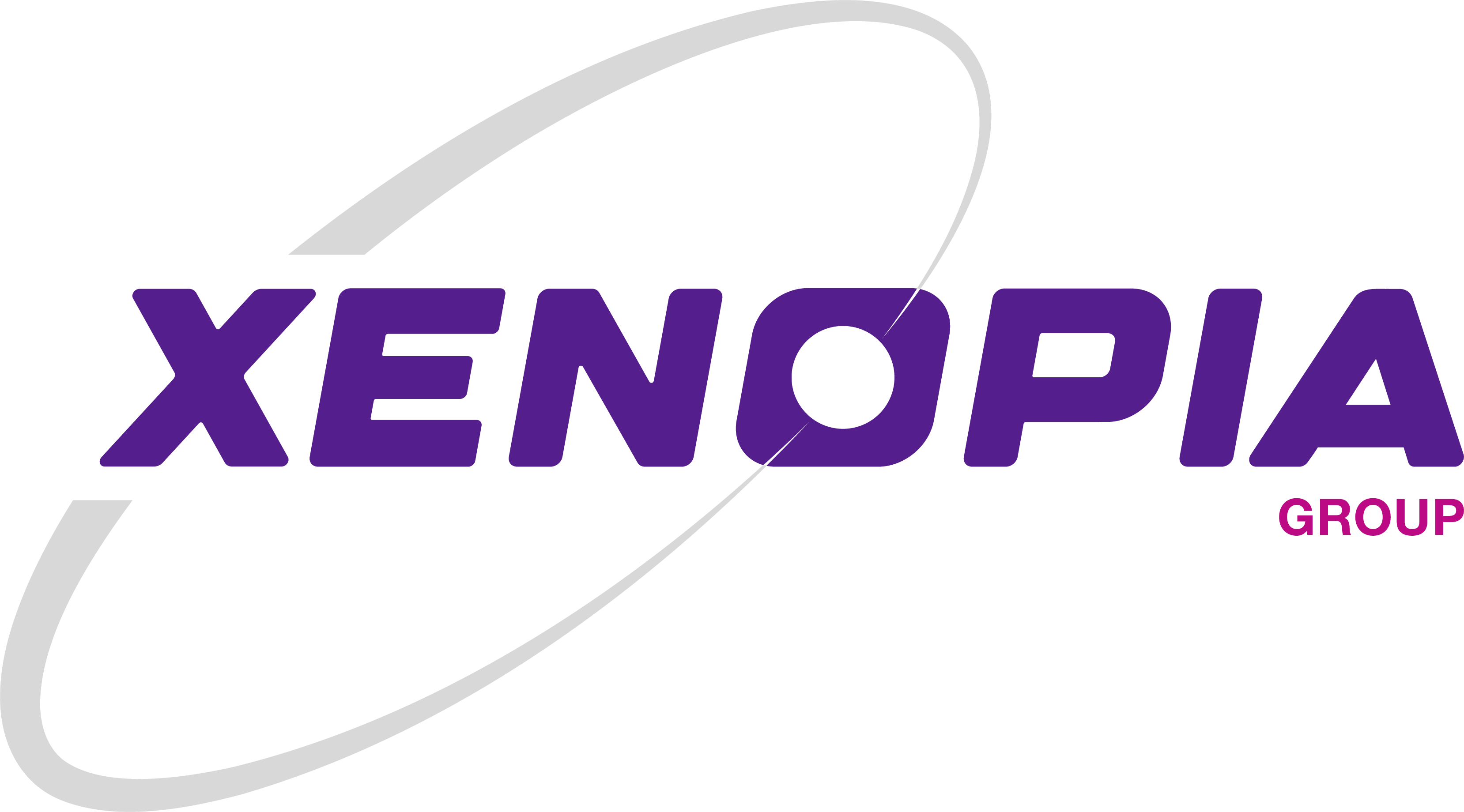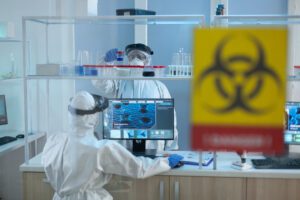As a radiopharmaceutical enthusiast and pharmacy professional based in Kenya, I’ve had the privilege of observing first-hand the evolution of nuclear medicine across Africa. While global discussions on theranostics, precision oncology, and molecular imaging grow increasingly sophisticated, countries like Kenya are still in the foundational stages – grappling with both structural and systemic barriers.
Despite these challenges, I believe there is immense potential to develop Kenya into a regional hub for radiopharmaceutical innovation. Below, I highlight five critical barriers – and their corresponding opportunities – that can shape the future of radiopharmaceuticals in Kenya.
1. Inadequate Skilled Personnel
Kenya faces a significant shortage of trained professionals in radiopharmacy, nuclear medicine, GMP manufacturing, quality assurance, and regulatory affairs relating to radiopharmaceuticals. Those who are trained are often overextended, with limited access to structured continuing education and career advancement pathways.
🔹 Opportunity: Expanding access to specialized local and international training programs can accelerate knowledge transfer. Support from institutions, academia, and the private sector – especially in forming mentorship pipelines—can be instrumental in retaining and nurturing talent.
2. Limited Capital and Infrastructure
Establishing cyclotron facilities, SPECT/PET imaging centers, and GMP-compliant radiopharmaceutical labs involves high capital investment. Financial constraints often hinder both public and private stakeholders from investing at scale.
🔹 Opportunity: Public-private partnerships, donor funding, and regional collaboration can lower barriers to entry. Creating centralized radiopharmacy hubs or regional Centres of Excellence would enable economies of scale, enhancing access and affordability.
3. Absence of Local Manufacturing Facilities
Kenya does not currently have local facilities to manufacture radionuclides, cold kits, peptides, and other reagent kits under GMP conditions. This heavy dependence on imports not only raises costs but also creates delays and compromises quality due to the short half-lives of many radiopharmaceuticals.
🔹 Opportunity: Developing local or regional manufacturing capacity – through technology transfer, international collaboration, or joint ventures—can enhance autonomy and improve supply chain resilience.
4. Limited Awareness and Demand
Many healthcare professionals, policymakers, and even patients are unfamiliar with radiopharmaceuticals and their benefits. Misconceptions about radiation, fueled by a lack of accessible information, contribute to underutilization of nuclear medicine technologies.
🔹 Opportunity: Integrating nuclear medicine education into medical and pharmacy curricula, running public sensitization campaigns, and facilitating CPD-accredited workshops can help reshape perceptions and increase clinical adoption.
5. Regulatory Gaps
The regulatory landscape for radiopharmaceuticals in Kenya is still maturing. Current frameworks often treat them like conventional pharmaceuticals or radioactive materials without accounting for their dual nature as both drugs and sources of ionizing radiation. This can delay approvals or create confusion among stakeholders.
🔹 Opportunity: Collaborative policy-making that involves the Pharmacy and Poisons Board (PPB), Kenya Nuclear Regulatory Authority (KNRA), and global partners like the International Atomic Energy Agency (IAEA) can help create harmonized, fit-for-purpose regulations. These should safeguard public health while facilitating innovation and investment.
A Case for Optimism
While these challenges are significant, progress is visible. In recent years, awareness has grown – thanks in part to efforts by institutions like Xenopia Group Limited, which has made nuclear medicine advocacy a central objective. From medical stakeholder engagement to training programs, the momentum is building.
But the path forward requires more than awareness. It demands intentional investment, multisectoral collaboration, and a regulatory ecosystem that supports safe innovation.
Kenya may not yet have nuclear reactors or large-scale cyclotrons, but we do have the vision, the talent, and the regional positioning to lead radiopharmaceutical advancement in East Africa.
Let’s Build the Future Together
Radiopharmaceutical science in Kenya is young – but it’s growing. With the right systems, training, and policy frameworks in place, we can transform patient care outcomes for generations.
By Dr. Augustine Omuko
Superintendent Pharmacist
📩 I welcome connections and collaborations from stakeholders across government, academia, healthcare, and industry. Let’s write the next chapter of African radiopharmacy – together.





